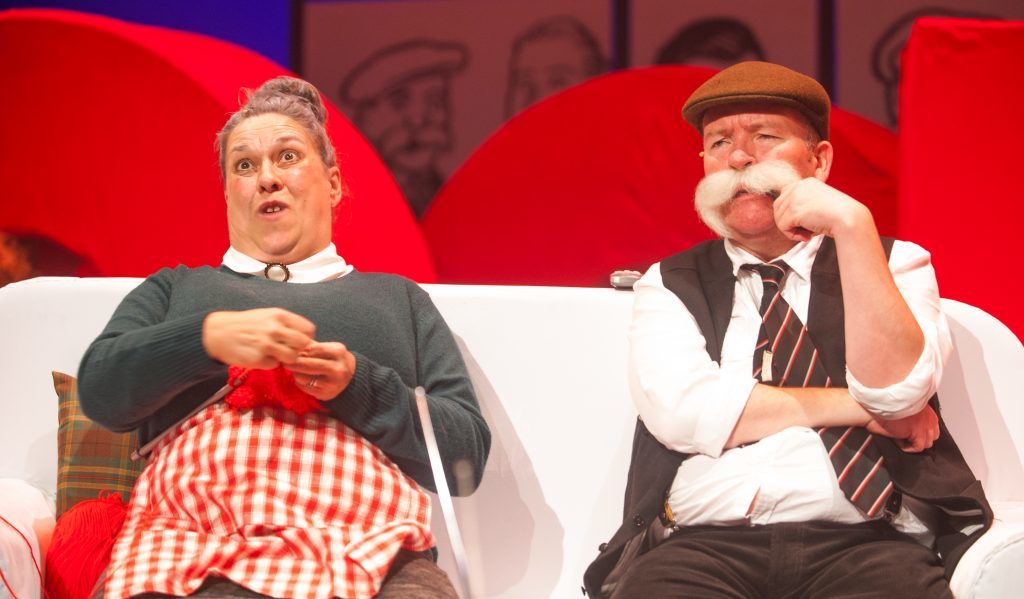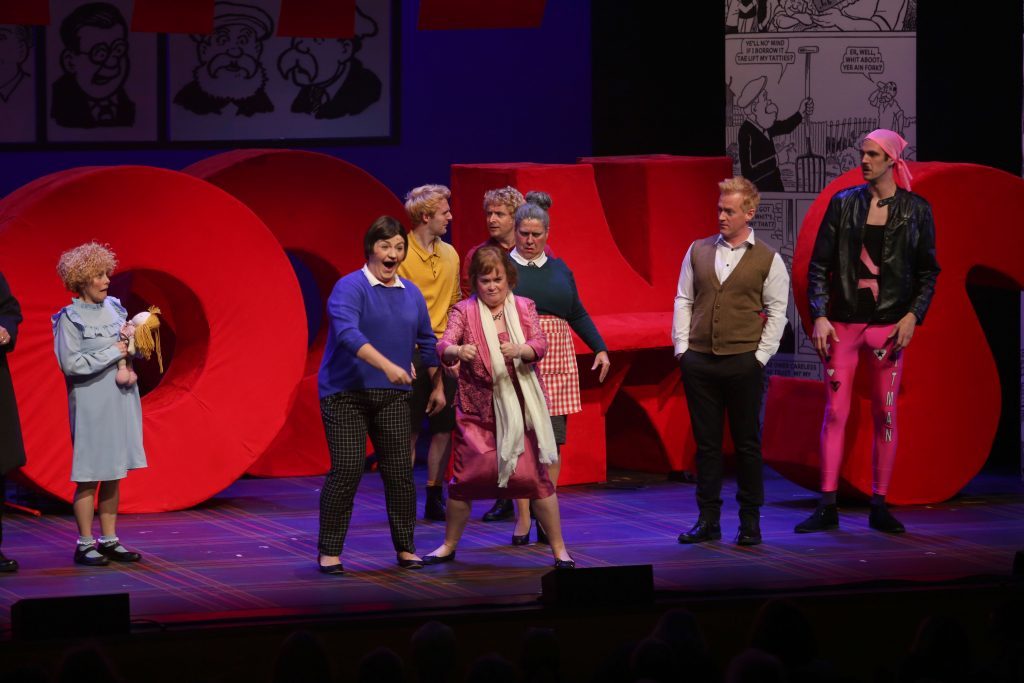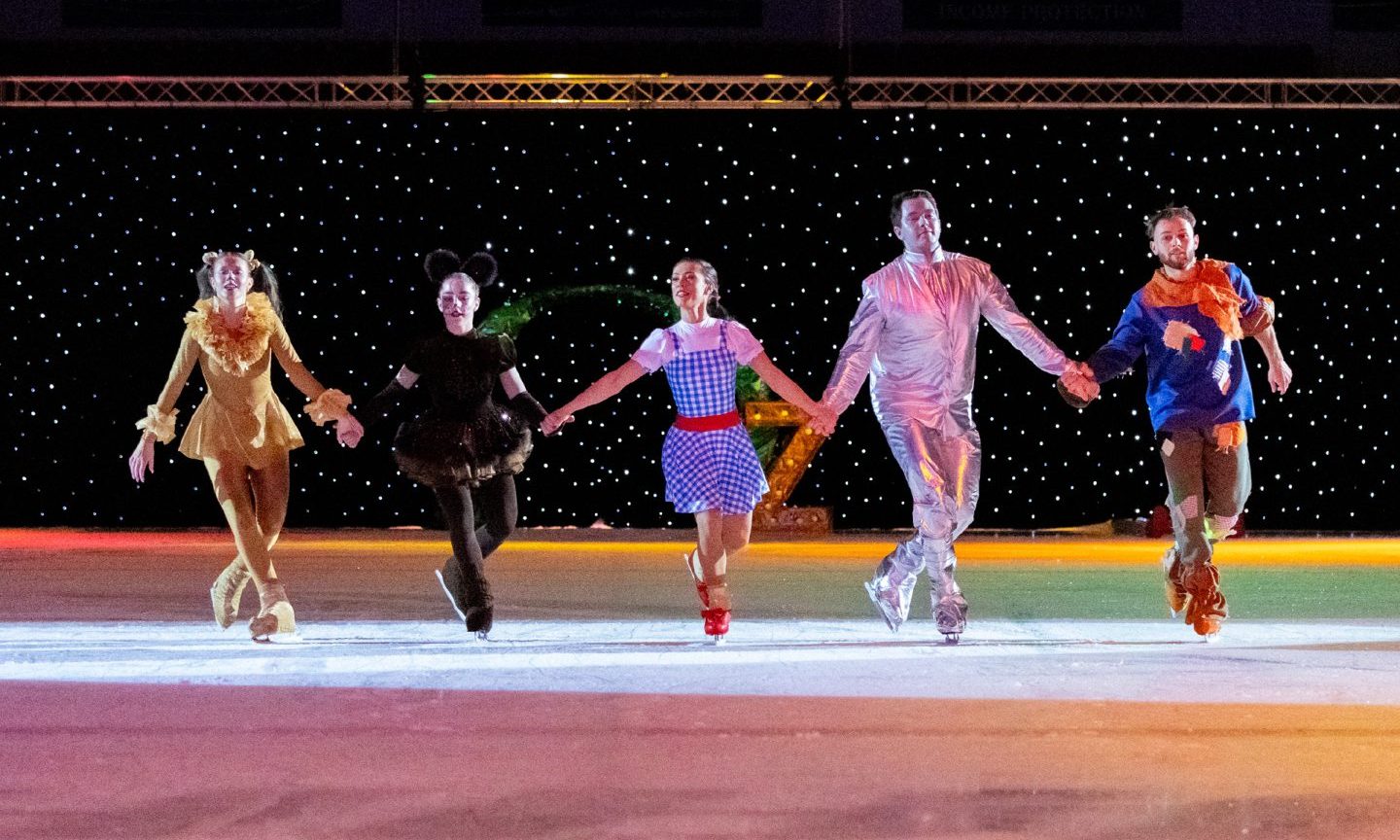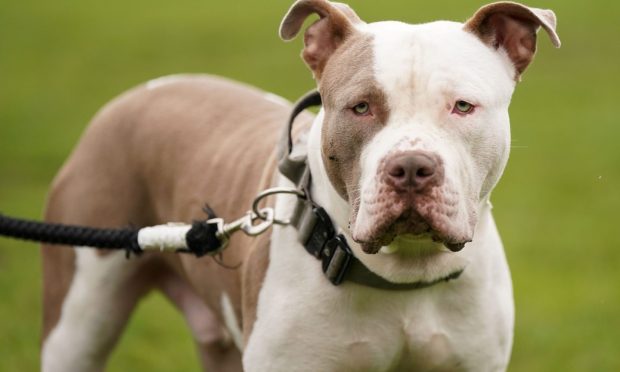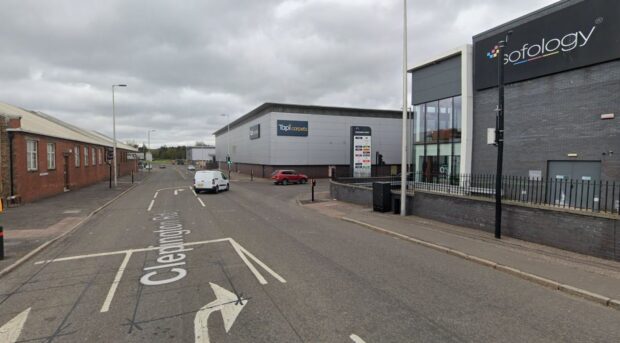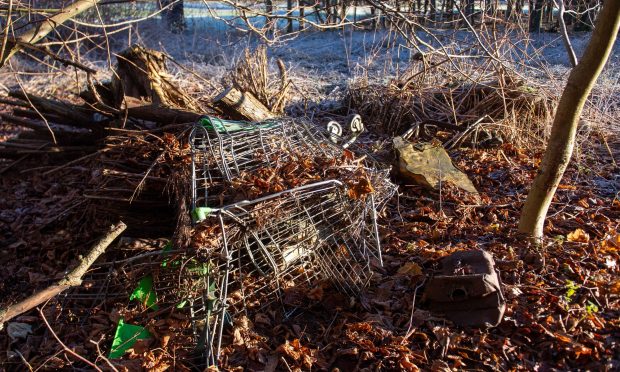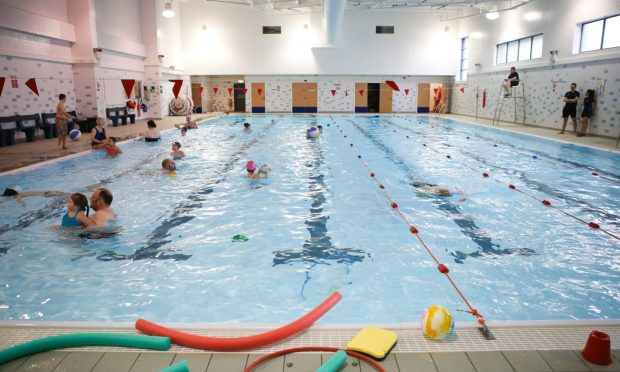The Broons return to their spiritual home of Dundee as part of a nationwide tour next week. Maw and Paw take us behind the curtain of a stage show 80 years in the making.
Scotland’s best-loved family has just rolled into Kirkcaldy when The Courier joins them to talk about their quasi-musical stage debut.
The Broons production is already in full flow after a successful run in Perth and Inverness; the ‘Auchenshoogle’ clan must be starting to feel like a seasoned rock band on the road.
Known to millions as the hapless Winston from Still Game, Paul Riley is expertly cast as the perpetually put upon Paw Broon.
“We’ve had a great time so far,” he says, still breathless from rehearsal. “Perth was a wee bit fraught because it was the first time we’d put it on the stage. We saw a great reaction there and Inverness was particularly crazy – there were standing ovations. There’s a number of musical and vocal numbers in this show that are really accessible to folk and that makes for a really good night out.”
Who better to play formidable matriarch Maw Broon than Joyce Falconer, previously immortalised onscreen as the no-nonsense Roisin in River City.
“Most folk coming to see the show already have a deep affection for The Broons,” she says. “They’re familiar with the characters before they come; it’s unusual when you’re doing a theatre show to have that head start with the audience.”
Award-winning playwright Rob Drummond scoured the archives of the long-running Sunday Post comic strip to find an adaptable plot for Andrew Panton’s soulful production. Then came the issue of the cast’s collective dialect; The Broons are unique in that their vernacular is a patchwork from all over Scotland.
“That was one of the first things we spoke about in the rehearsal room,” says Paul. “Do we commit to saying it is a place? Of course, that would be to ruin it in people’s heads.”
Such conversations brought a collaborative spirit to the project, which turned into a classic Broons tale (split between their Glebe Street residence and But ’n Ben holiday home, of course) mixing that familiar dry wit with a wistful melancholy.
“The show is about the lead up to Maggie’s wedding and the various obstacles that brings to the characters,” Paul reveals. “For example mine – as the father – is ‘how am I gonnae pay for it all?’ Then of course there’s that classic Broons misunderstanding. It’s very, very close to what you see on the page.”
How surreal has it been to play such an iconic duo they’ve both known since childhood?
“I’ve never really played a character in the theatre that I’m this familiar with,” says Joyce. “Usually you go into a rehearsal room and you’ve to really discover the character for yourself, whereas that familiarity with Maw Broon helped a lot. I pulled out some of the annuals that are still at my mum’s and refreshed myself with the stories.”
“The fact that Joyce Falconer and wee Maureen Carr [as The Bairn] are in this was a big draw for me, as well as the prestige of playing Paw Broon,” says Paul. “That combined with the character of Winston that I play in Still Game – I’m the go-to guy for old people, it would seem.”
The dynamic between Maw and Paw is crucial; fortunately Paul and Joyce were already well-acquainted, having met and acted together in drama school.
“I’ve played Paul’s wife before. I’ve played his ma. We used to get cast opposite one another all the time,” says Joyce. It always helps when you’ve got history with a fellow actor, but a lot of the young cast were completely new to me. It’s a lovely balance; we all get on very well which helps a lot when you’re playing a big happy family.”
Rounding out the brood are Kern Falconer as Granpaw, Kim Allan as Maggie, Tyler Colins as Hen, John Kielty as Joe, Laura Szalecki as Daphne, Euan Bennet as Horace, Kevin Lennon and Duncan Brown as The Twins. Given the debut tour’s runaway success so far, can we hope to see an encore?
“It’s like The Simpsons in that regard,” says Paul. “You could just keep going and keep going. Once you’ve set up the community, as it were, you can go anywhere with it. There’s no reason why this can’t be a yearly or bi-annual thing whereby the Broons would pop up, be it The Broons at Hogmanay or whenever. There’s definitely scope to do more, I would say.”
“I think the likes of a Hogmanay show would work well, agrees Joyce. “There’s such an endless wealth of material – 80 years’ worth – to delve into.”
It’s fair to say that throughout those decades, The Broons have become a touchstone for most of the situational comedy it preceded.
“It’s one of these things – like Tunnock’s teacakes or shortbread,” says Paul. “The Broons have always been there, if you’re Scottish, for as far back as you can remember.”
“Apart from the poetry we got at school, it was pre-James Kelman, pre-Irvine Welsh – nobody else was writing in Scots,” says Joyce. “I think that’s why so many folk took The Broons to their heart.”
Whaur are they fae?
We know that original writer R.D Low was a Dundee man himself, yet the contentious battle over where precisely in Scotland The Broons herald from rages on. Joyce ‘Maw Broon’ Falconer taks an educated guess.
“My mother always thought it was Glasgow the Broons were from because they lived in a tenement. Linguistically it couldnae be Glasgow because Glasgow’s aboot the only place in Scotland they dinnae say ken. They’re nae necessarily ‘Scots’ speakers.
“It’s no Dundee because Dundee city is, I think, such a specific accent. Obviously it’s nae Aiburdeen, because then you’re into Doric Scots which is a slightly different form of language.
“They’re possibly fae the west coast and have come slightly east. So then you’re in the central belt, maybe The Broons are fae Perthshire way – mid-east.”
